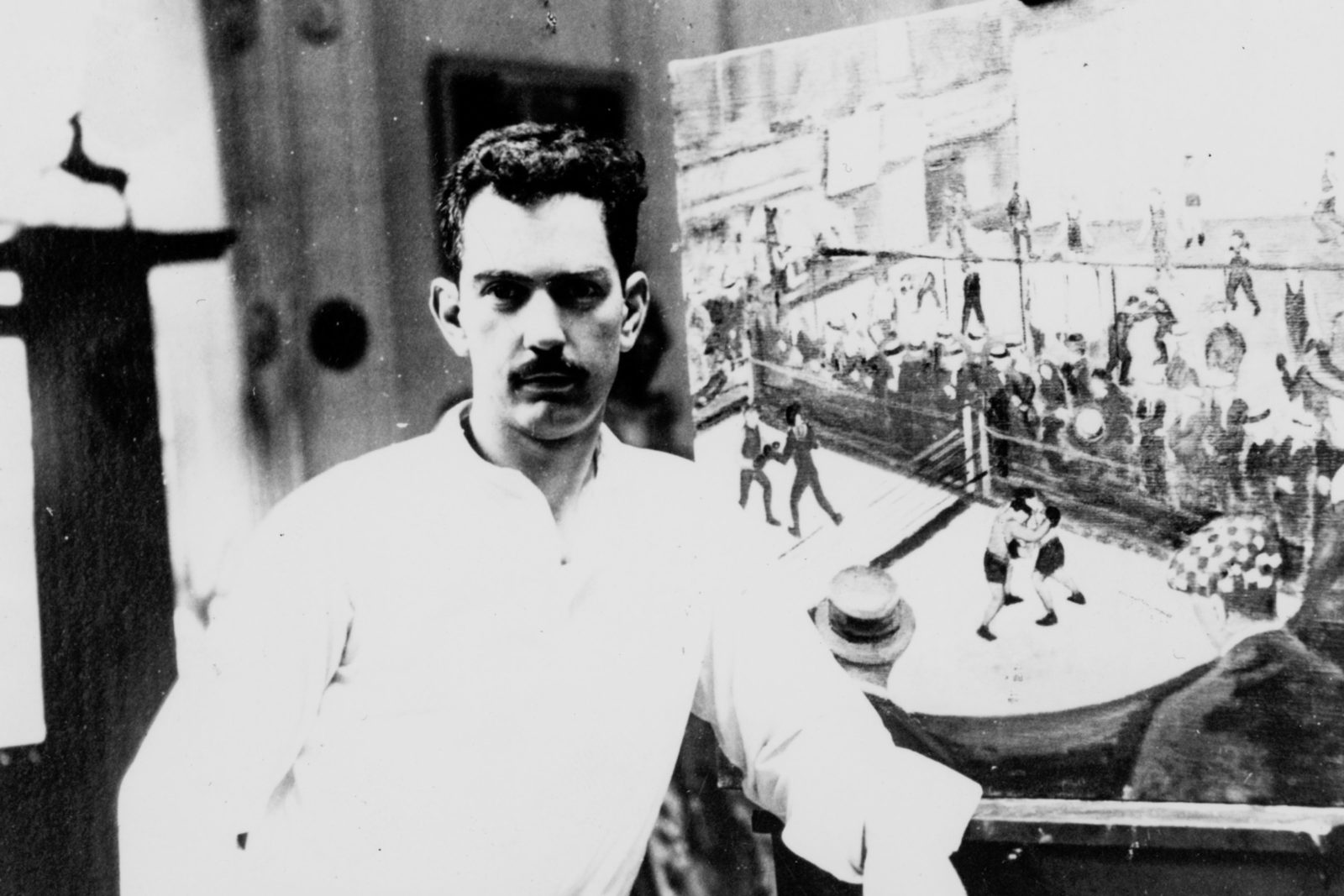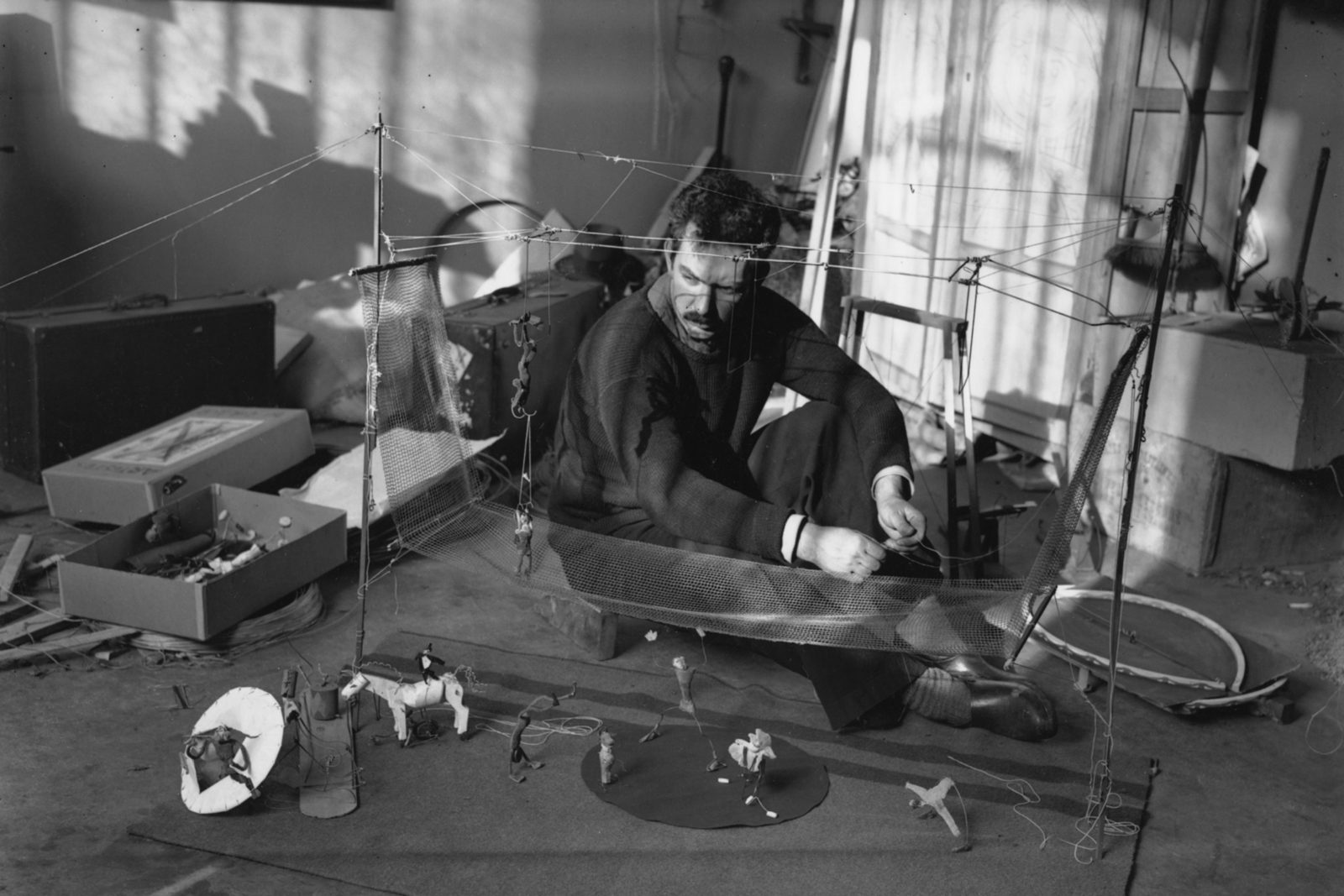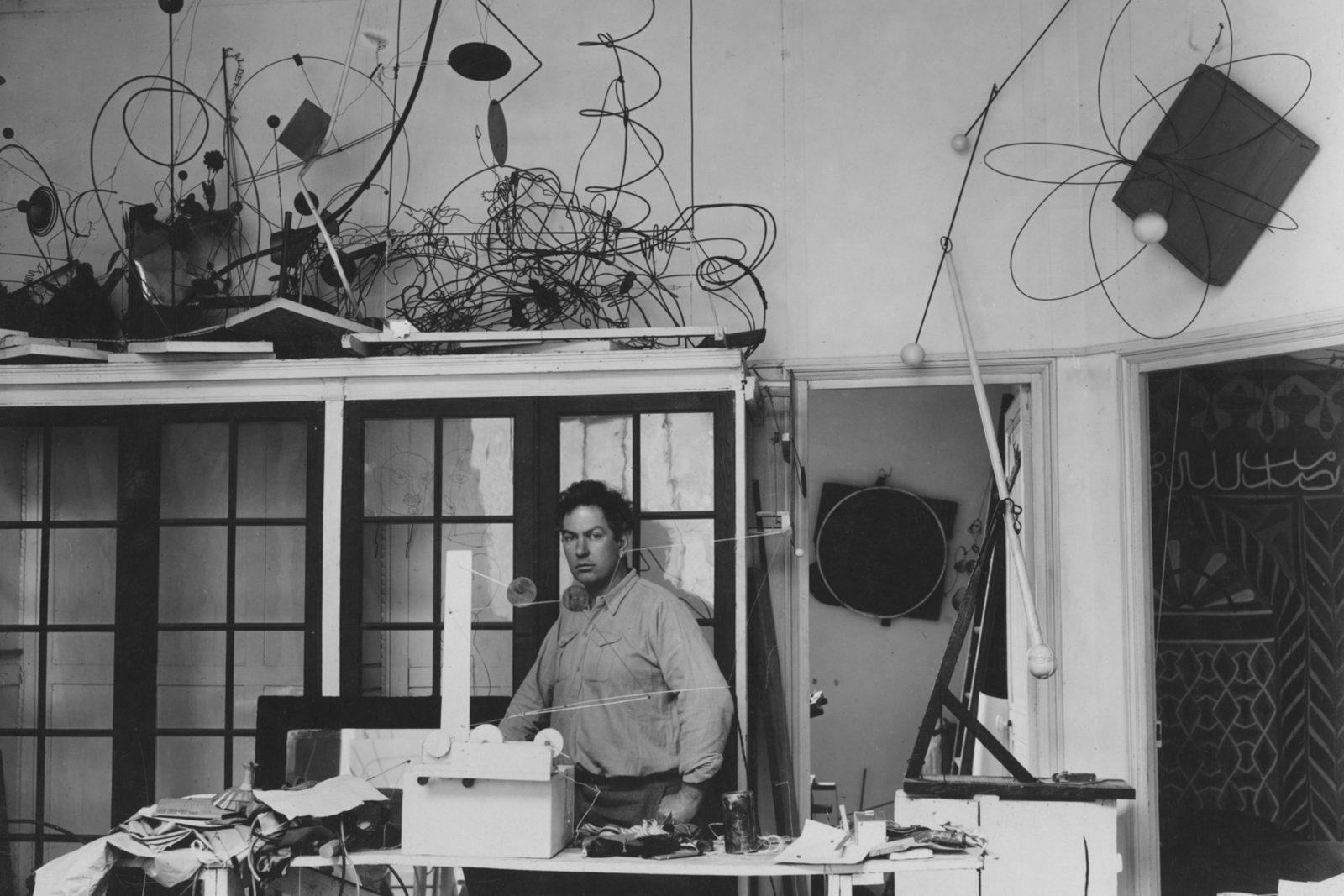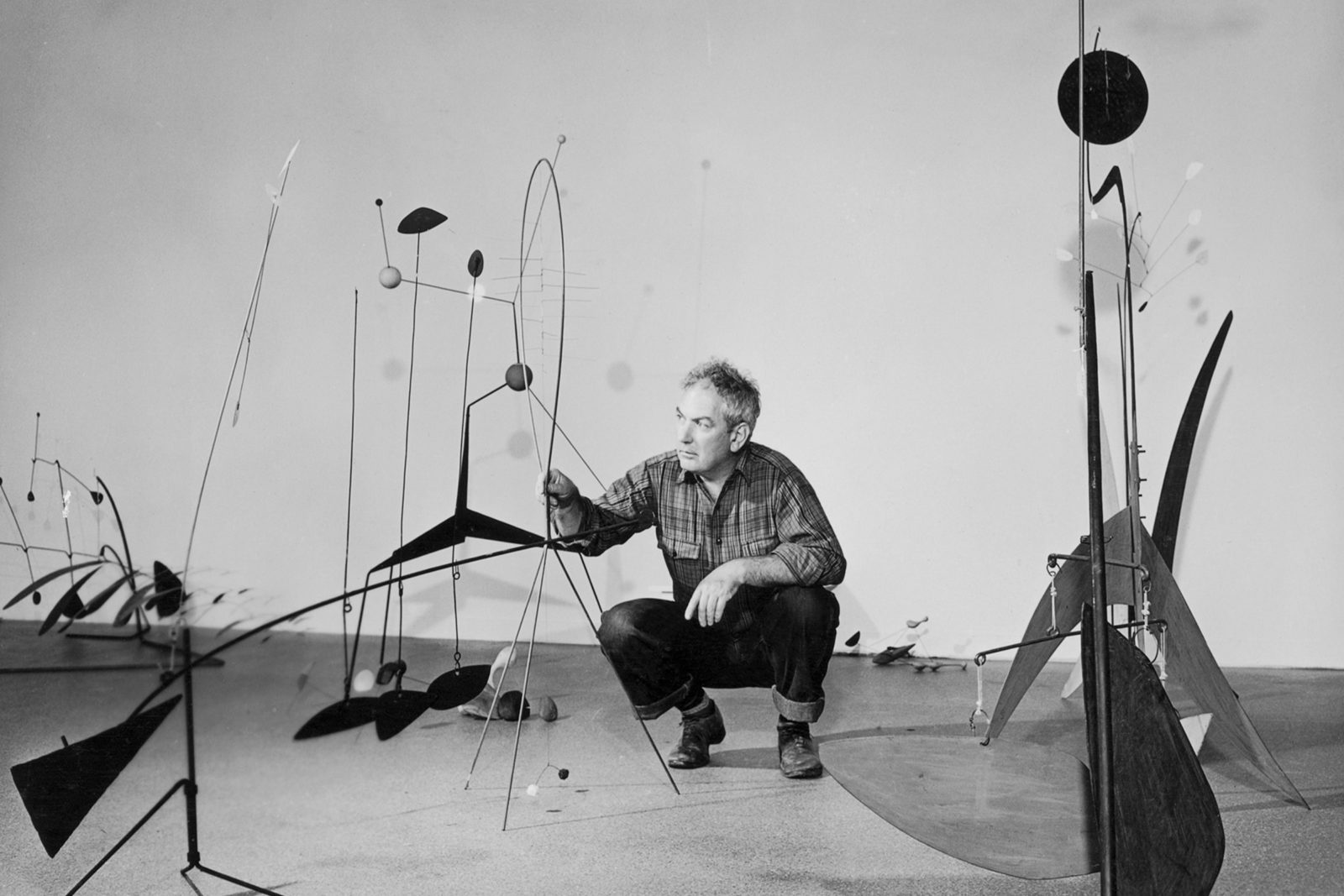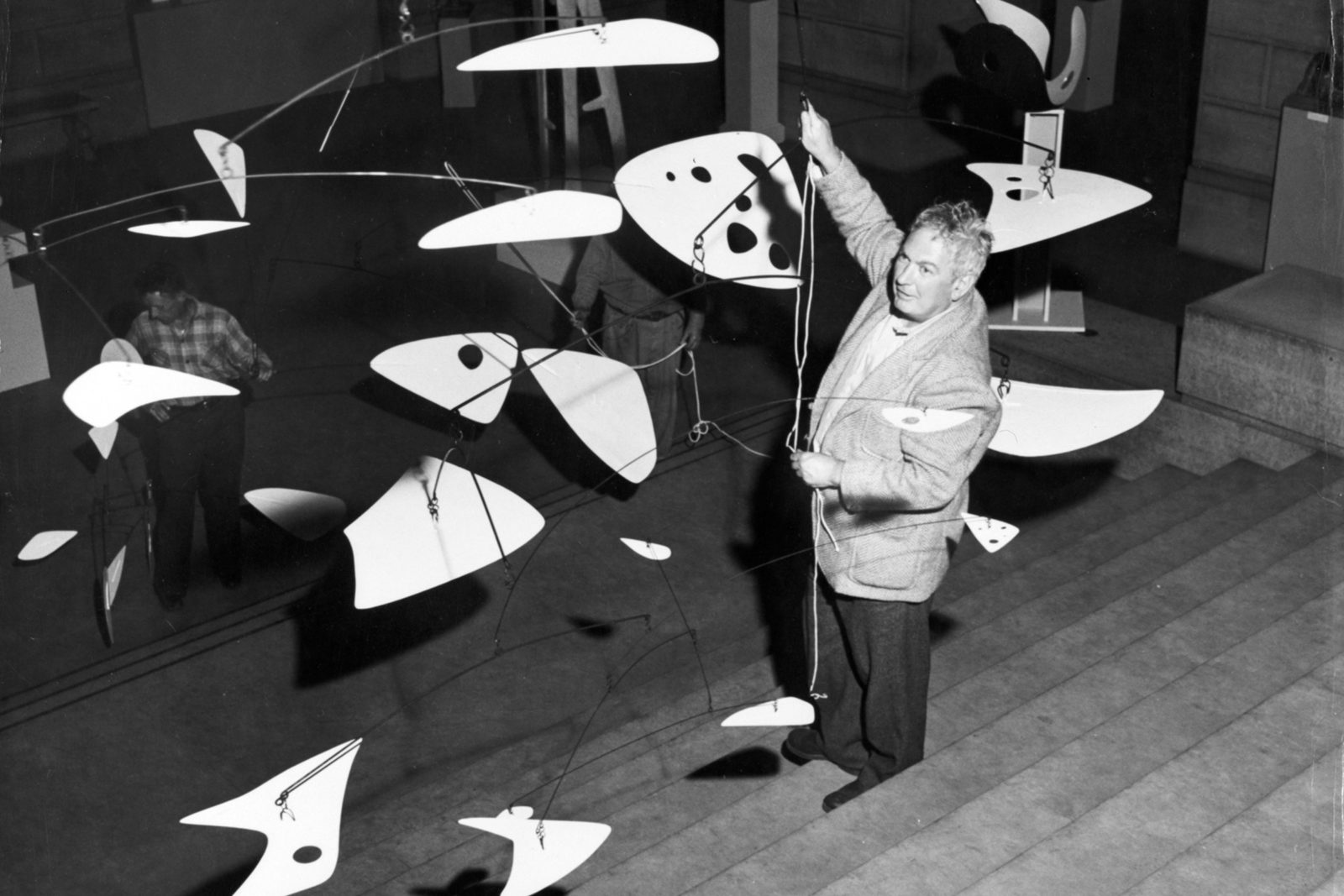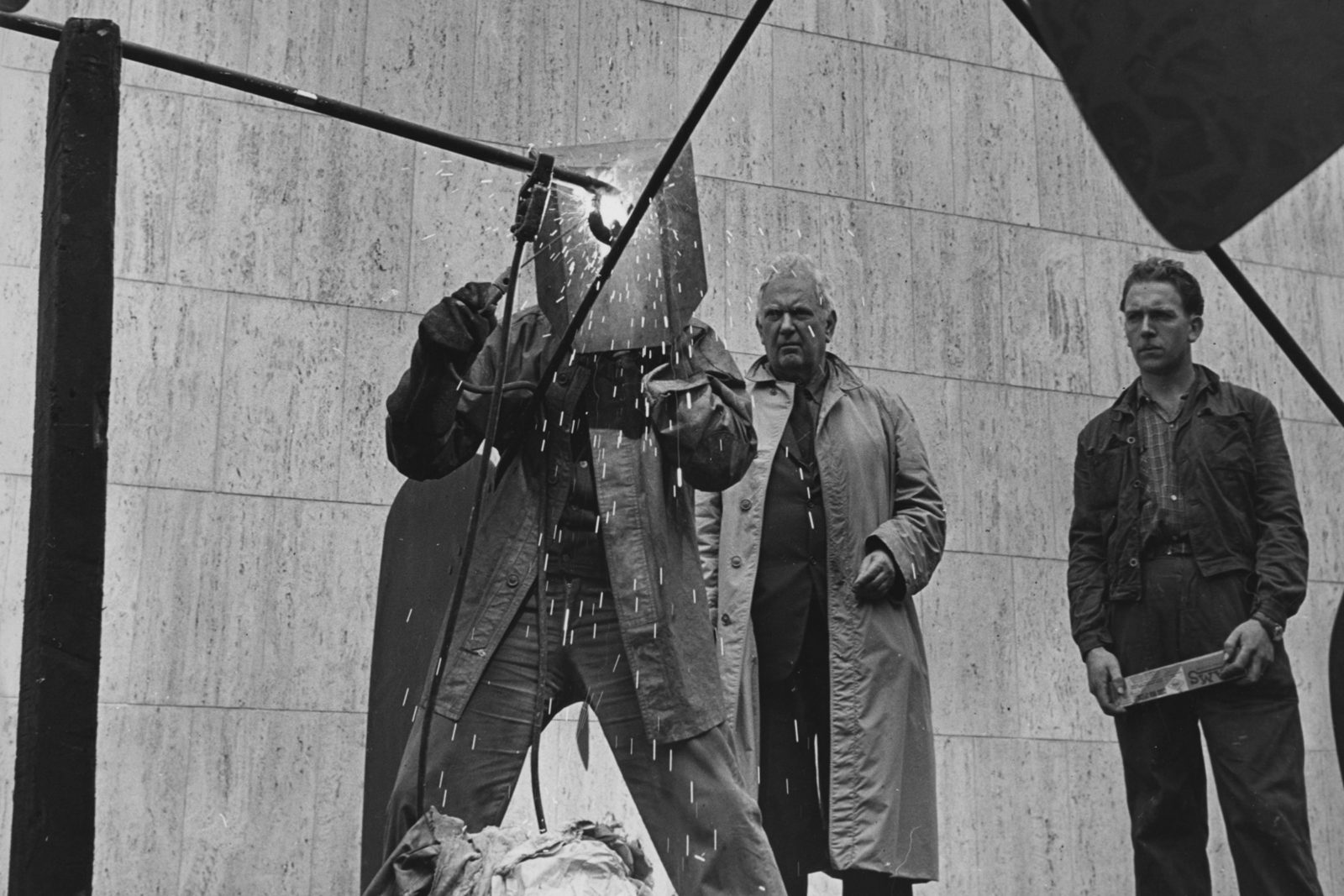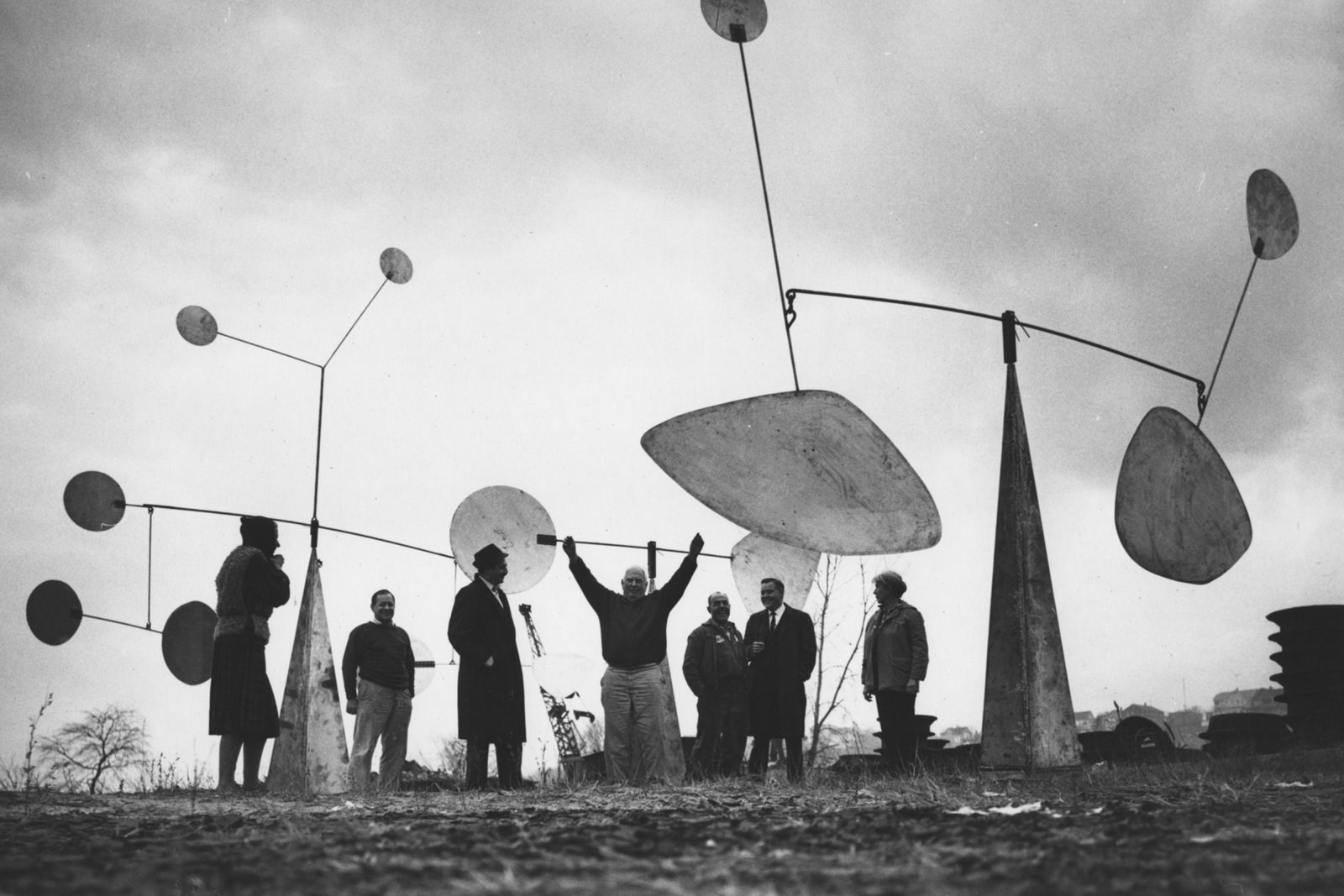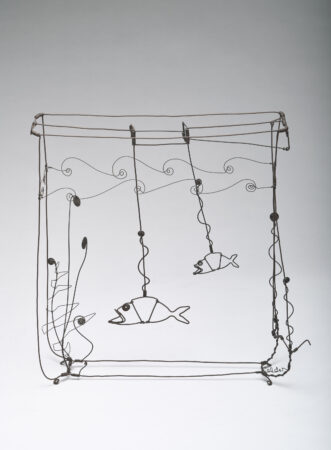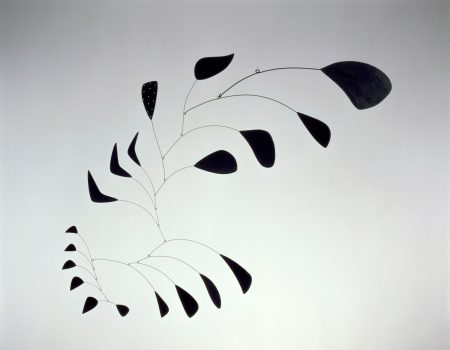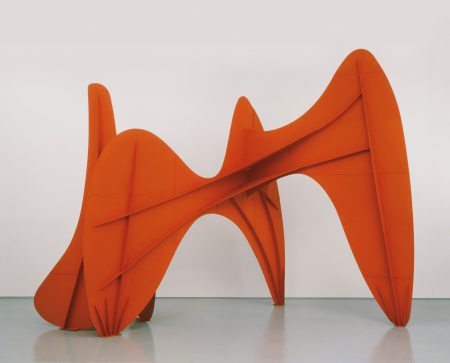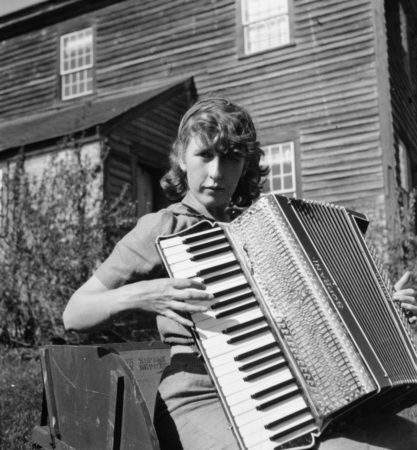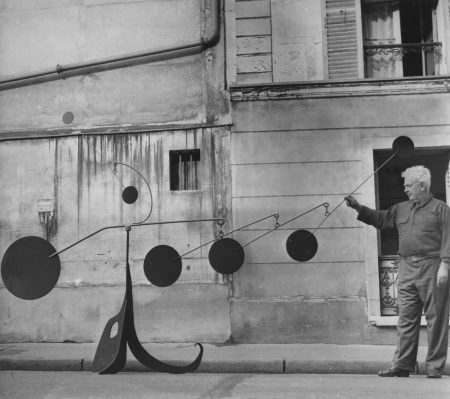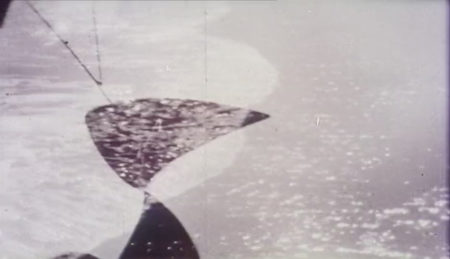
Works of Calder, 1950, by Herbert Matter
Watch film →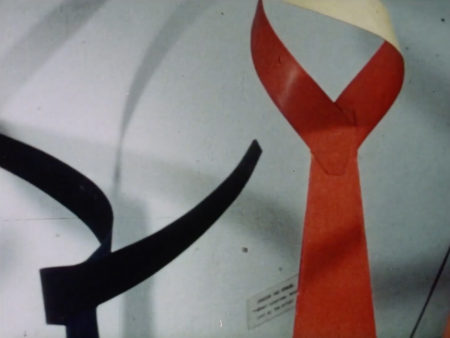
Alexander Calder: Sculpture and Constructions, 1944, by Herbert Matter
Watch film →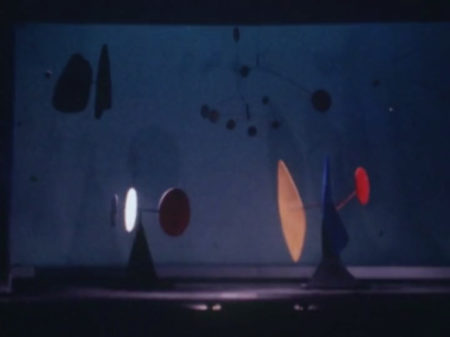
Work in Progress, 1968, by Giulio Gianini
Watch film →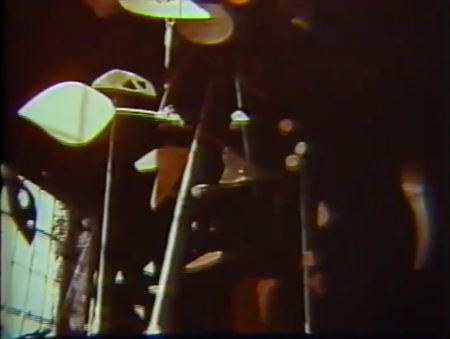
Alexander Calder: From the Circus to the Moon, 1963, by Hans Richter
Watch film →News
Calder Gardens will open to the public on 21 September 2025 in Philadelphia. Find out more.
Calder’s Life & Work
Introduction→
Read an illustrated biography of Calder.
Read an illustrated biography of Calder.
Read an illustrated biography of Calder.
Timelines→
Develop a deeper understanding of Calder by life period. In 1898–1925, the artist is encouraged from a young age to create and ultimately makes the pivotal decision to pursue art as a career.
Develop a deeper understanding of Calder by life period. In 1926–1930, the artist focuses on wire sculpture and creates his Cirque Calder in Paris.
Develop a deeper understanding of Calder by life period. In 1930–1936, the artist shifts to abstraction and originates the kinetic sculpture now known as the mobile.
Develop a deeper understanding of Calder by life period. In 1937–1945, the artist receives his first major commissions and retrospective exhibitions amid World War II.
Develop a deeper understanding of Calder by life period. In 1946–1952, the artist gains international distinction in the wake of the war with successful exhibitions in Europe and South America.
Develop a deeper understanding of Calder through by life period. In 1953–1962, the artist embarks on worldwide travels, resulting in an astonishing output and range of work.
Develop a deeper understanding of Calder by life period. In 1963–1976, the artist settles in France and focuses on monumental sculpture in his later years.
Archive→
Explore a wide-ranging selection of works, historical photographs, texts, ephemera, and other resources.
Explore a wide-ranging selection of works, historical photographs, texts, ephemera, and other resources.
On View
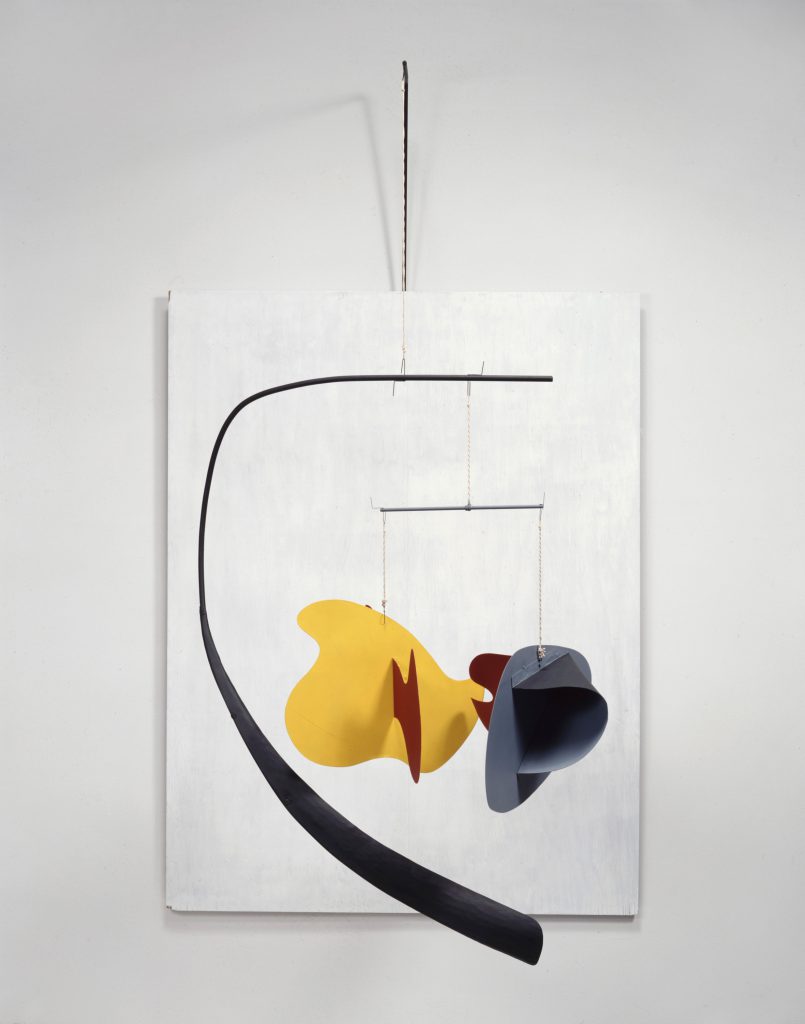
Following Space: Thaddeus Mosley & Alexander Calder at the Seattle Art Museum
Curated by Catharina Manchanda, Following Space pairs wood sculptures by Pittsburgh native Thaddeus Mosley with select works by Calder. The exhibition reveals how both artists create a heightened awareness of forms in space and instill the anticipation of change.
Calder Around the World
Use this interactive map to discover installations of monumental sculpture, notable public collections, and major current and upcoming exhibitions.
